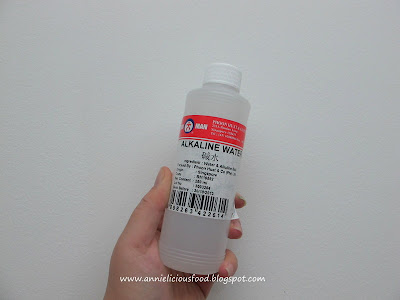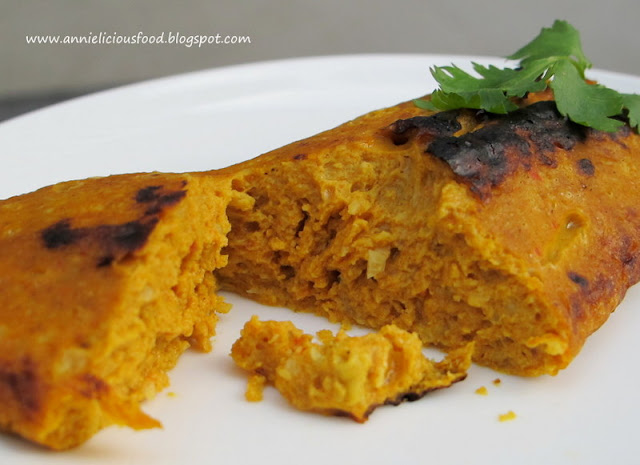I haven't been baking for quite sometimes. This beautiful stripes hearty bake is not a coincidence. He spent his weekend helping me doing house cleaning. So, I baked this for Max to give him a good treat.
Actually this is a repeat recipe. I used Mrs.NgSK's Vanilla Butter Cake recipe that I baked last year. All I did this time is to add some good quality cocoa powder in it, and used Échiré Salted French Butter.
I love this cake. Although I didn't do well on the Zebra stripes, but I love the whimsy touch.
Ingredients
(Source : Mrs.NgSK's Vanilla Butter Cake)
- 250g Salted Butter, room temperature (I used Échiré Salted Butter)
- 200g Eggs (no shell) - About 4 eggs (Grade B).
- 50g + 150g Castor Sugar
- 200g Self raising flour, sifted
- 60ml Fresh Milk
- 1 tsp Vanilla Paste
- 10g Cocoa Powder (I used Valrhona Brand)
- Pre-heat oven at 180C (Conventional).
- Prepare a 9' inch round cake tin. Line the base, grease the sides.
- Separate egg whites & yolk. Beat egg whites until soft peaks, gradually add 50g sugar and beat until stiff.
- Cream butter and 150g sugar until pale and fluffy. Add in Vanilla paste, beat for awhile, and followed by egg yolks one at a time.
- Put in half the flour and mix on low speed until incorporated. Add in milk in 2 additions and mix until well incorporated. Mix in balance flour.
- Put in half the egg whites in and mix on low speed. Pour the balance egg whits in and FOLD using your spatula.
- Divide batter into 2 equal portions. Fold chocolate powder into one of the batter.
- Using a tablespoon (or a small soup ladle), scoop 1 tablespoon of the vanilla batter into the center of the greased cake tin. Then, scoop 1 tablespoon chocolate batter on top of the center of the vanilla batter. And then, another tablespoon of vanilla batter on top of the chocolate batter. Repeat the process until the batter finished.
- Bake for 45 minutes or until skewer comes out clean.
- Leave cake cooled before cut and serve.
I've seen some bakers scooped 3 tablespoons of each batter at the beginning. And then reduce to 2 tablespoon each. And finally, the batter gradually reduced until 1 tablespoon of each batter. It's like, the circles will become smaller and smaller. This could achieve nice pattern lines on the cake. But I only read this tips right AFTER my cake is out of the oven. Sigh! Maybe I should try this tips. It should gives better Zebra result :)
Here's how I did it :)
And here, you could see the layers of chocolate color at the side of the cake.
The stripes looks nice! If you think baking ordinary butter cake is boring, why not give this a try?
Happy Baking!































































